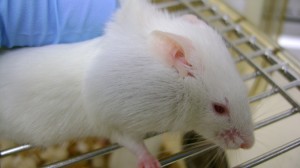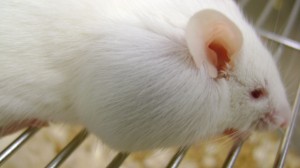SOME SAY...
It is part of an animal of a disease-prone strain’s “normal” biological and physiological progress to develop disease and associated symptoms.
BUT…
These mice used for disease modeling are either artificially selected for their pathological traits OR genetically modified to induce disease. While in nature, traits that cause pain and suffering and compromise fitness would be selected against.
THEREFORE…
– By comparing to a wild-type house mouse’s health condition and biological functions, these strains’ health condition is inferior
Case 1: Non-obese diabetic (NOD) strain
– model for Type 1 Diabetes
– Similar to human symptoms: rapid deterioration from polyuria, eye irritation, abdomen distension, and rapid weight loss
Case 2: Lepr strain
– model for Type 2 Diabetes
– Similar to NOD symptoms
Case 3: Ts65D strain
– Model Down syndrome by having an extra copy of chromosome 2
– It exhibits defects seen in human patients: mental deficits, small size, hydrocephalus, thymic deficiency.
Case 4: Cftr Knock Out strain
– Cystic Fibrosis: a widespread fatal genetic disease
– Cannot produce CFTR protein to clear salts, water, and bacteria from cells in the lungs, – – Results in mucus retention and is followed by lung disease
Case 5: p53 KO strain
– Has Trp53, an important tumour suppressor gene, disabled
– Result: highly susceptible to cancer
– From my experience, I have observed p53 KO individuals growing multiple subcutaneous masses measuring up to 3cm*3cm on their shoulders and abdomen in a time span as short as 72 hours



